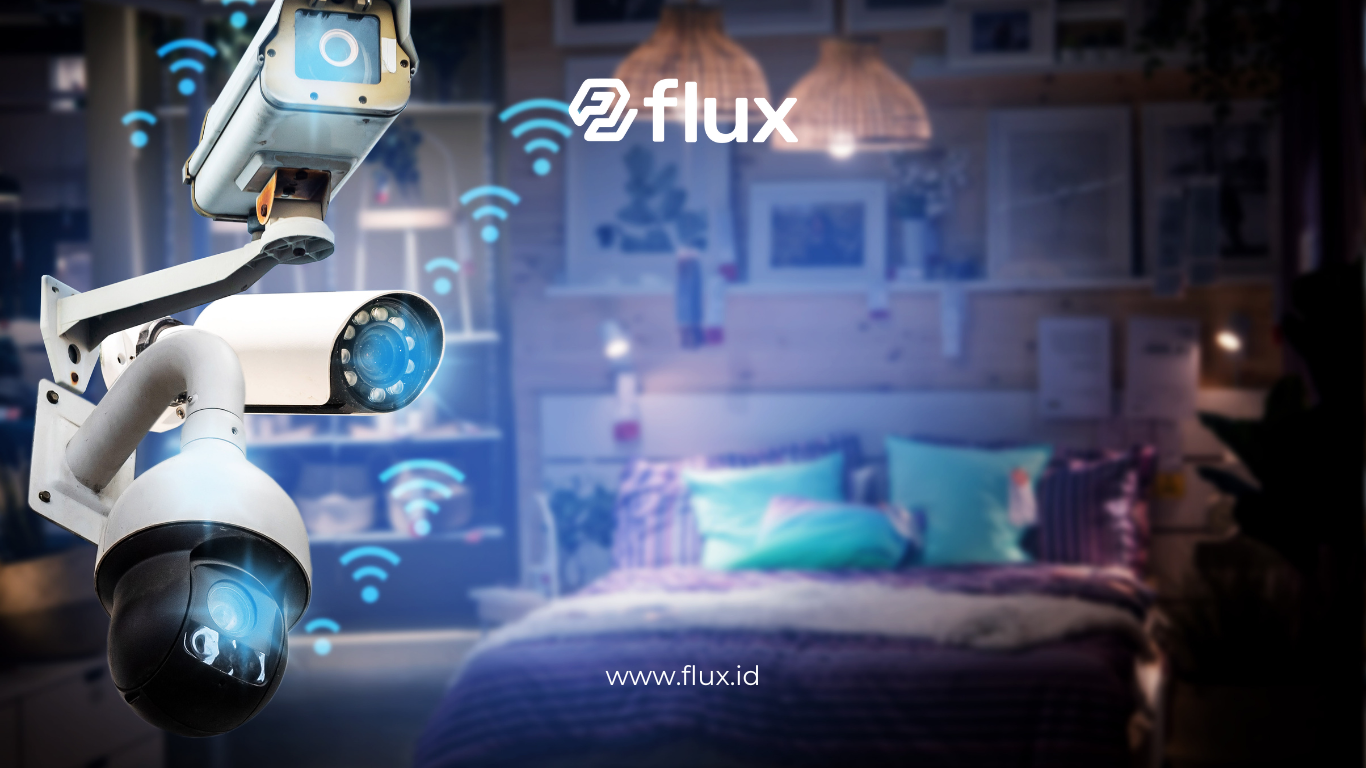Don't miss our holiday offer - 20% OFF!
As energy demand continues to rise across various sectors, efficient management of electricity consumption has become more critical than ever. To address these growing challenges, many organizations have turned to innovative solutions like the Internet of Things (IoT). Specifically, IoT sensors provide real-time monitoring capabilities that help optimize electricity use. In this article, we will explore how IoT sensors can effectively enhance energy management, with a focus on improving electricity efficiency.
Contents
What Are IoT Sensors?
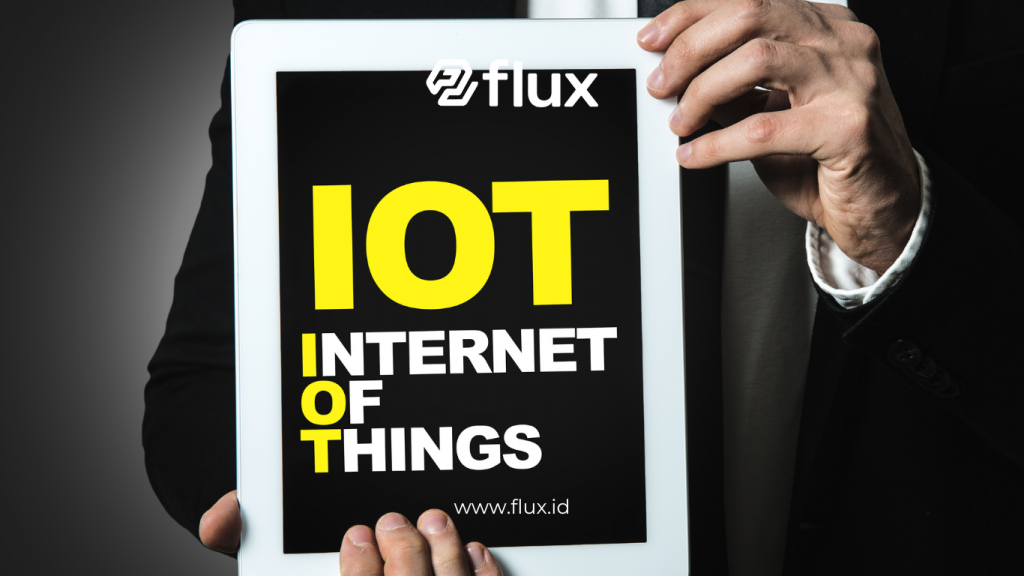
IoT sensors are smart devices designed to collect data from their surroundings and send it via the internet for analysis. These sensors can gather data on various factors such as temperature, humidity, and pressure. When applied to energy management, IoT sensors are invaluable for monitoring electricity consumption in real-time. With the insights they provide, users can identify consumption patterns and make informed decisions to boost energy efficiency.
The Role of IoT Sensors in Monitoring Electricity Consumption
To track electricity consumption, IoT sensors are typically installed across different electrical devices in buildings—whether in homes, offices, or industrial settings. These sensors measure critical parameters like current, voltage, and power usage. The data is then transmitted to an analysis platform, where users can monitor their consumption, pinpoint inefficient devices, and take action to optimize their energy use.
Benefits of Energy Management with IoT Sensors
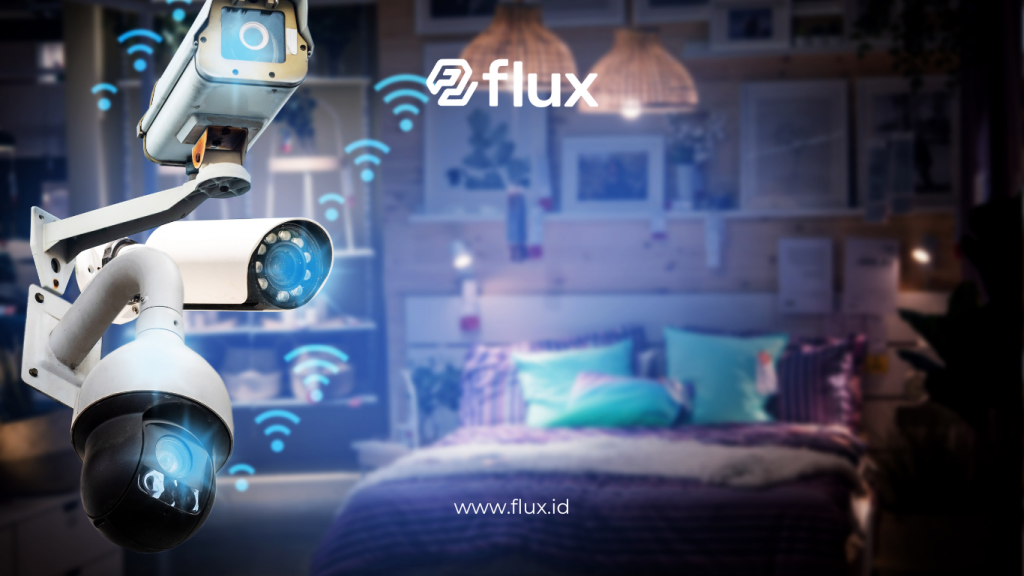
There are numerous advantages to implementing IoT sensors for energy management, including:
- Cost Savings
- Real-time monitoring makes it easy to spot energy wastage, allowing users to adjust their consumption and reduce electricity bills.
- Remote Control and Monitoring
- IoT technology provides the convenience of monitoring energy consumption remotely. By using a smartphone or computer, users can control devices and manage energy usage from anywhere.
- Identifying Inefficient Devices
- Detailed consumption data allows for the identification of inefficient or aging appliances that consume excessive power. This information enables users to repair or replace them before they inflate energy costs.
- Reducing Carbon Emissions
- When users optimize their energy consumption, they naturally reduce their carbon footprint, helping to meet sustainability goals and promote eco-friendly practices.
- Enhancing System Reliability
- IoT sensors can detect issues such as overloads or malfunctions in electrical systems early. Addressing these problems helps prevent equipment damage and operational disruptions.
Technology Behind IoT Sensors for Energy
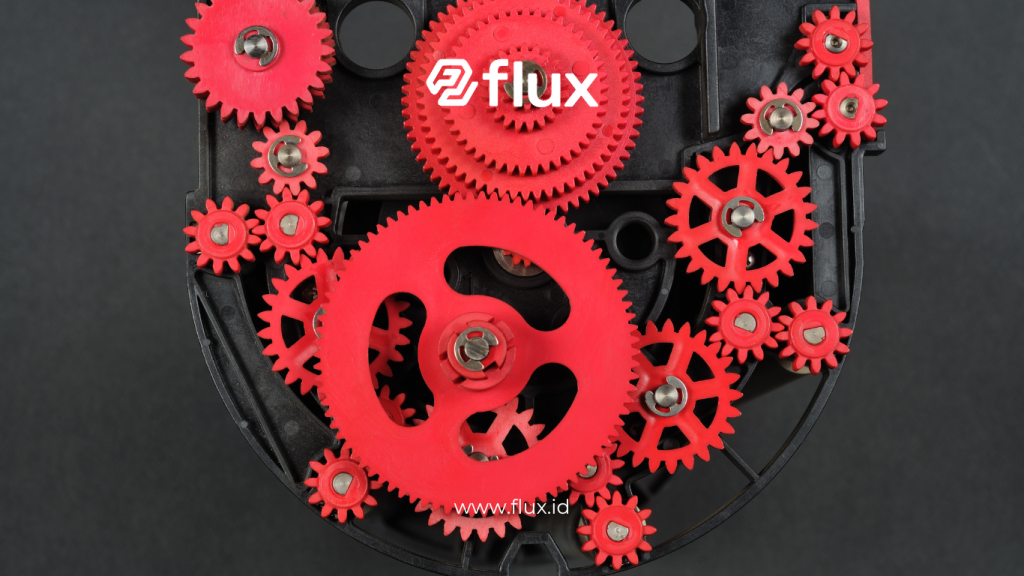
Read More: Maximize Building Energy Efficiency with Energy Sensors: Latest Technology for Optimal Savings
Several key technologies support the use of IoT sensors for energy management, such as:
- Wireless Networks
IoT sensors rely on wireless networks like Wi-Fi, Zigbee, or LoRa to transmit data. This wireless capability makes it easy to collect energy data without requiring extensive cabling infrastructure. - Cloud Computing
The data collected by IoT sensors is often processed and stored on cloud-based platforms. These platforms offer powerful tools for data visualization and analytics, enabling users to gain insights into their energy consumption trends. - Artificial Intelligence and Machine Learning
Machine learning algorithms analyze the data gathered by IoT sensors. This enables the detection of abnormal usage patterns and provides predictive insights for future energy needs, making energy management even smarter.
Implementing IoT Sensors Across Different Sectors
IoT sensors for energy management can be applied across various industries and settings. Let’s look at how different sectors are benefiting:
1. Residential Sector
- In homes, IoT sensors allow users to monitor the electricity usage of household appliances, such as air conditioners, lighting, and refrigerators. By automatically controlling these devices, homeowners can save energy without sacrificing comfort.
2. Commercial Buildings
- Offices and commercial buildings also benefit from IoT sensors. These sensors help manage the energy consumption of lighting, heating, and air conditioning, ensuring that energy is conserved during non-business hours.
3. Industrial Facilities
- In factories, IoT sensors optimize energy usage for heavy machinery and other equipment that typically consume large amounts of electricity. With centralized control, managers can track and manage consumption efficiently.
4. Electric Utilities
- Utility companies use IoT sensors to monitor electrical grids, helping them detect overloads, balance loads, and ensure the stability of the power supply.
Challenges of Implementing IoT Sensors
Despite the clear benefits, several challenges come with implementing IoT sensors for energy management:
- Data Security Concerns
- IoT sensors rely on internet connectivity, making them vulnerable to cyber-attacks. Therefore, securing the network is essential to protect sensitive data.
- High Initial Investment
- The cost of installing IoT sensors, along with the necessary infrastructure, can be substantial. However, long-term energy savings typically justify the initial expenditure.
- Complex Integration
- Integrating IoT sensors into existing systems can be complicated, especially in industrial environments where different devices may not be compatible.
The Future of Energy Management with IoT Sensors
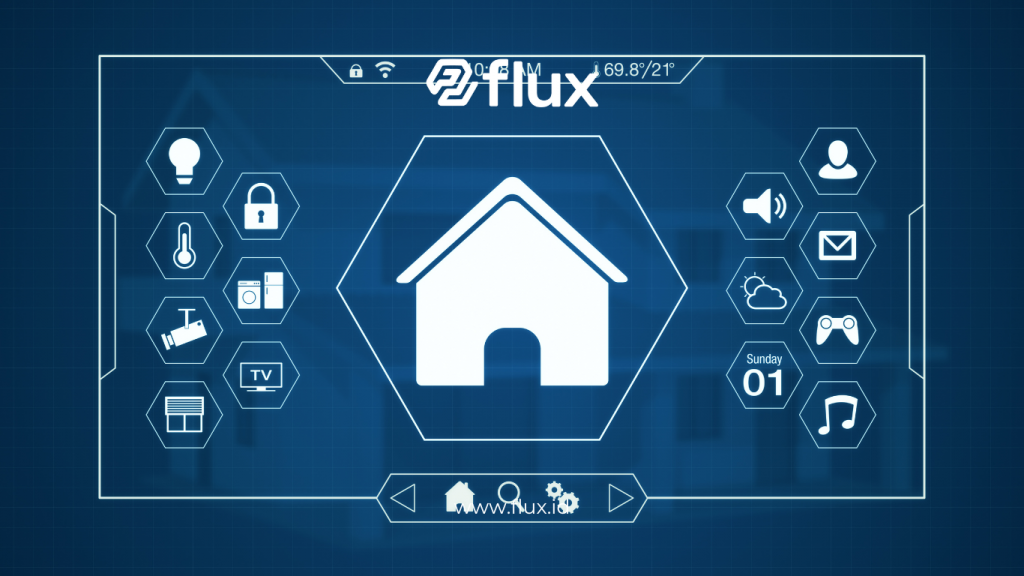
Read More: Energy Efficiency in Hospitals: Implementing IoT for Sustainability
Looking ahead, the role of IoT sensors in energy management will continue to evolve and expand. A promising trend is the integration of renewable energy sources with IoT systems. For example, sensors can monitor solar panel output and adjust electricity consumption based on the availability of renewable energy.
In addition, advancements in automation and artificial intelligence will further enhance energy efficiency. With more sophisticated analytics, IoT systems will be able to predict energy needs and automatically optimize consumption without requiring human intervention.
Conclusion
IoT sensors represent a powerful tool for improving energy management. By enabling real-time monitoring of electricity consumption, they help users reduce waste, lower costs, and contribute to sustainability. Although challenges like high initial costs and data security remain, these can be addressed with careful planning and the right technology. As IoT technology continues to advance, energy management will become smarter, more efficient, and increasingly sustainable.


